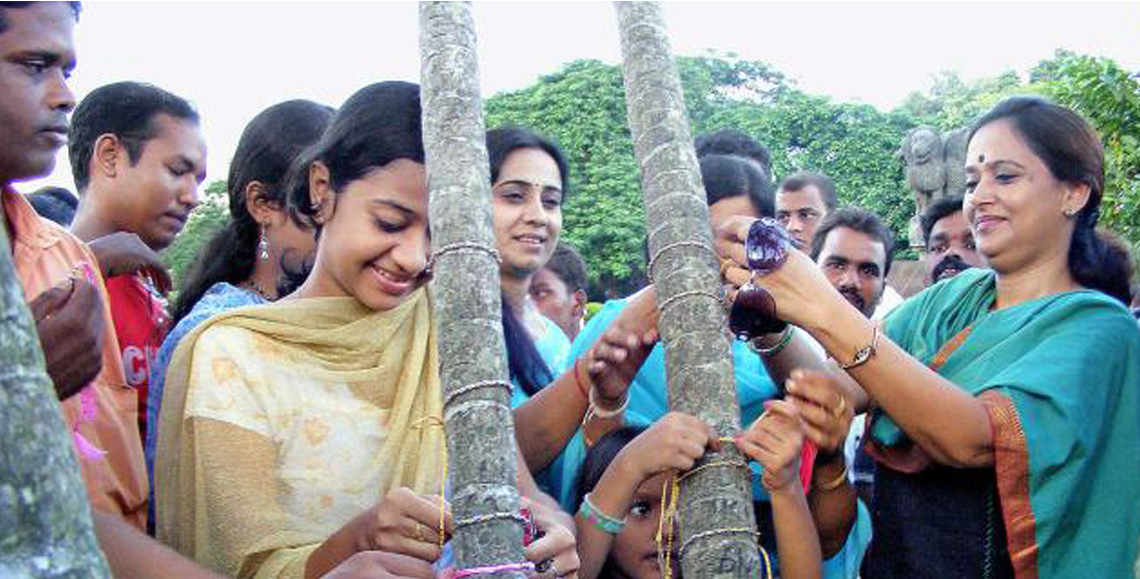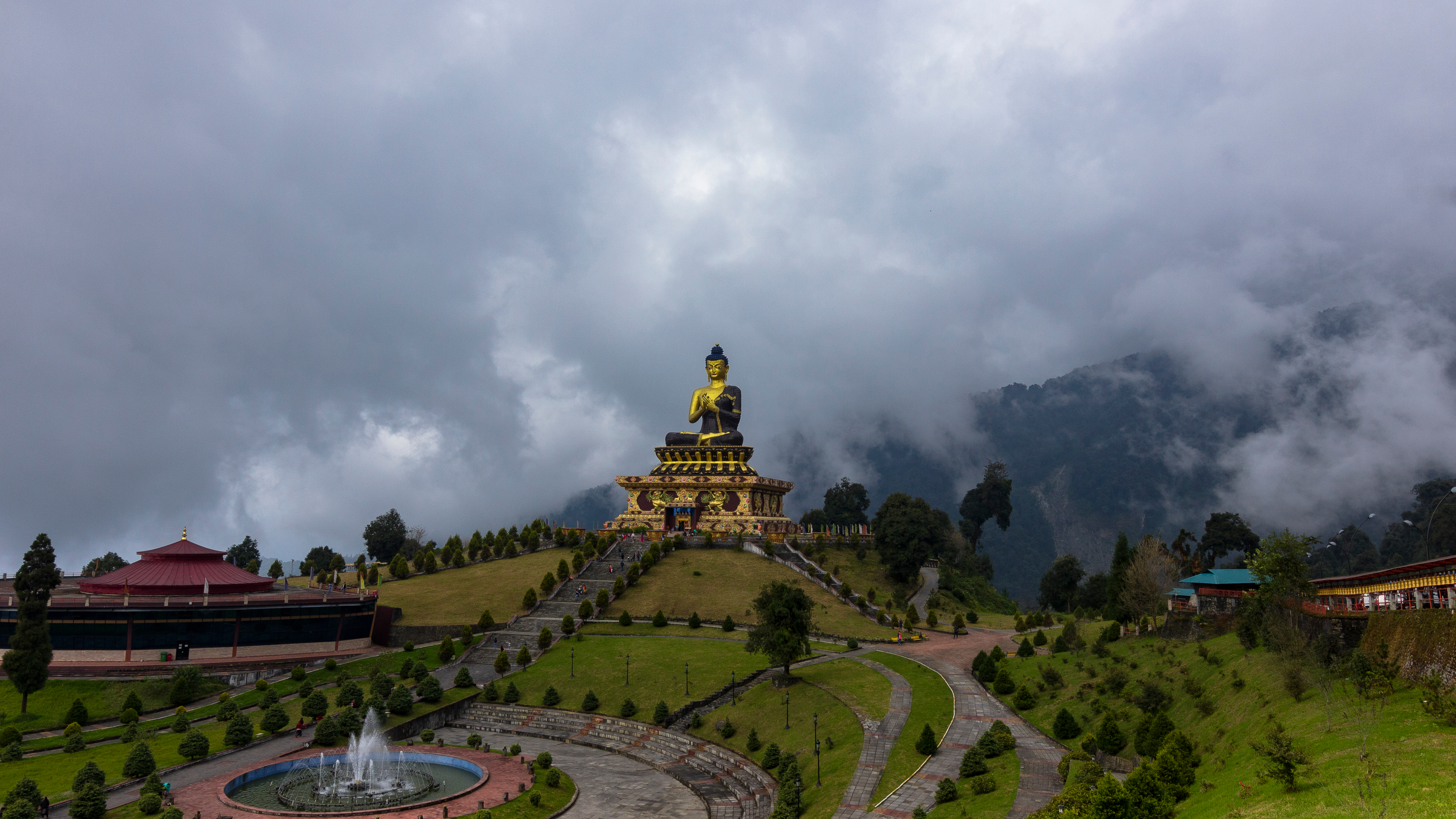An Ode to Agrarian Heritage – Gamha Purnima
The moon has its own significance in the Indian context; children call it Chanda Mama, while the elders rest important religious decisions on it. Its absence (amavasya) is attributed as a time of great power, the full moon (purnima) calls for festivities, while the fine crescent (new moon) marks another month. Countless festivals are celebrated as the moon transcends into different phases.

Gamha Purnima is one such festival, that bases its celebration on the phase of the moon. This year it falls in on the 10th of August. The people of Odisha celebrate it with a lot of devotion. Coincidentally, it falls on the same day as Raksha Bandhan, the festival celebrating the brother-sister bond, and is also similar to it in a few ways.
During Raksha Bandhan sisters tie a rakhi (sacred thread) on their brothers’ wrist, in lieu of blessings, gifts and a promise that they’ll protect them from all ills. While the Oriya people mark it as a day when they honour their cattle, bullocks, fields, wooden ploughs and Gamha. The Gamha (cow) holds a sacred position in Hinduism, it is a symbol of wealth and life, and is often referred as Gomaata(cow mother). This particular festival is perhaps the best realisation of the honour bestowed upon these sacred animals.
Other celebrations of this festival include preparing special sweets such as pitha and mitha, sharing them with friends and family, and playing Gamha Dian (The Gamha Jump). For this game, a temporary elevated tower setup is made with the help of grass, mud, bricks, stones, and bamboos. Fruits are tied on top, and whoever manages to jump and touch them gets a prize.
Agriculture provides for many of the needs of the common man and contributes greatly to the Indian economy. It has a rich history and is the occupation of a majority of our population. Gamha Purnima is a great way of remembering our agricultural roots.


